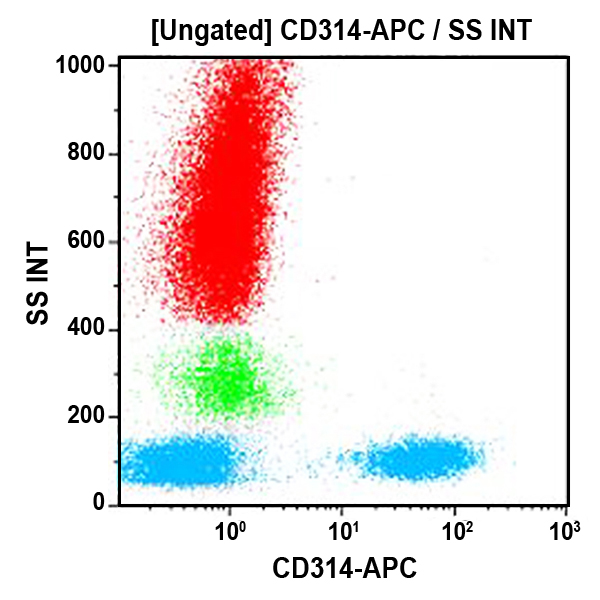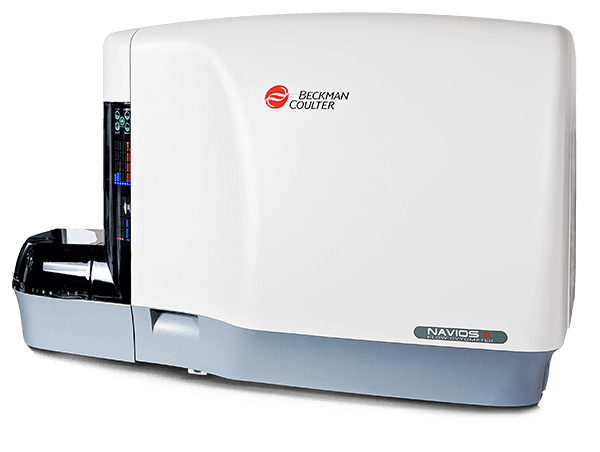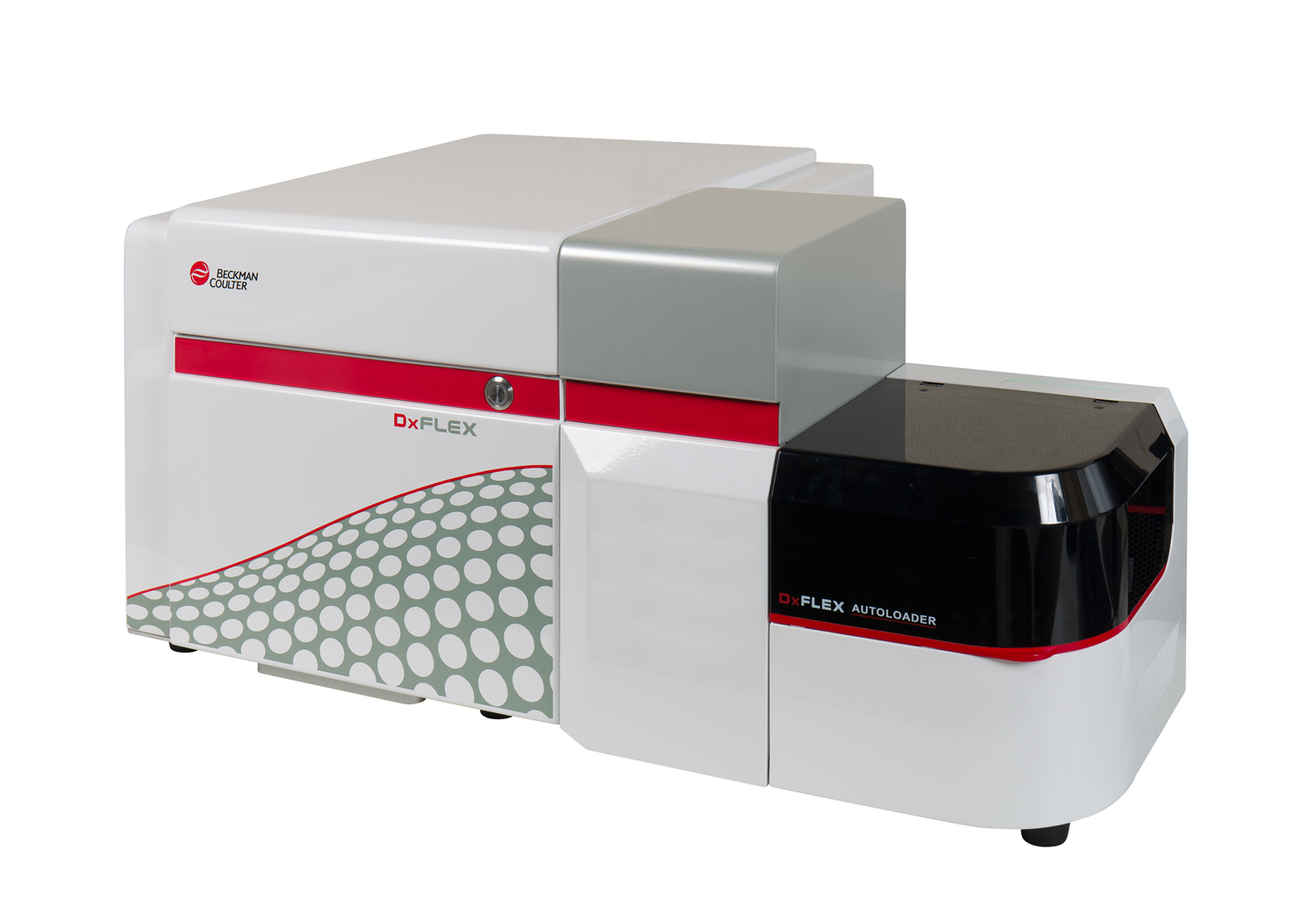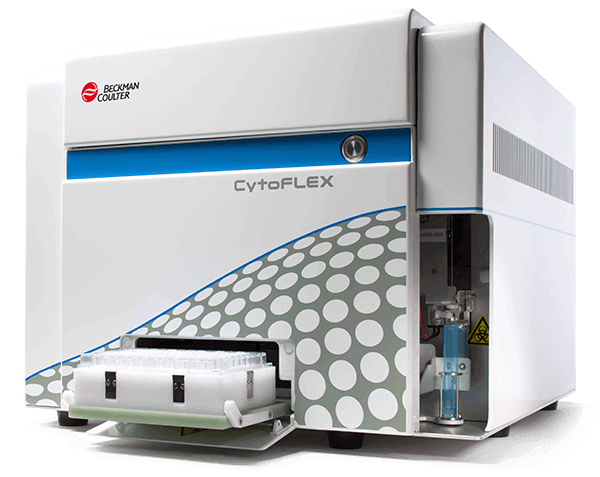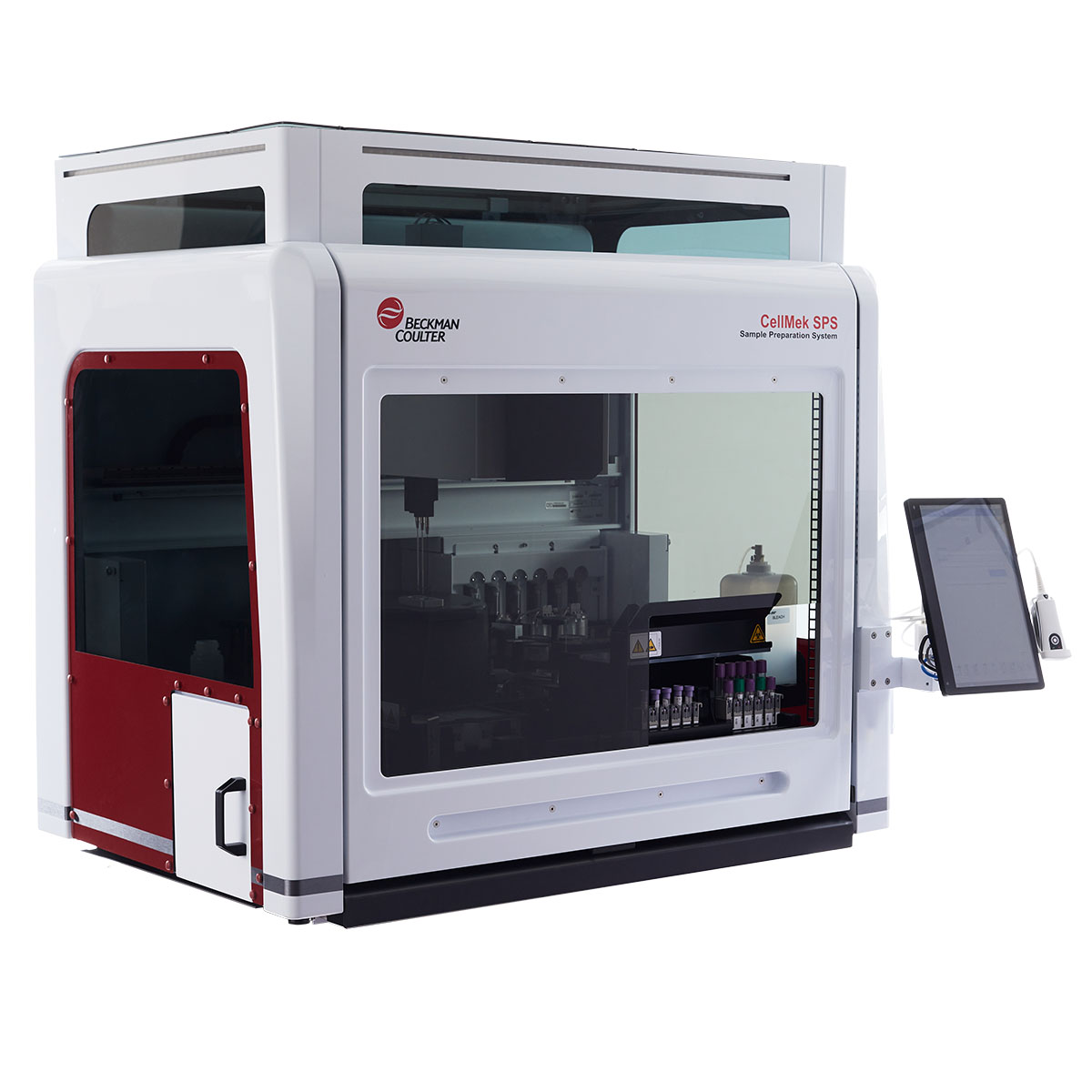CD314 (NKG2D) Antibodies
CD314, also known as NKG2D, is a 42 kDa type II transmembrane protein belonging to the C-type lectin superfamily. The name NKG2D may be misleading as it is not a typical NKG2 family member. It has low homology with the other members and dimerizes with itself to form a homodimer while other members dimerize with CD94. The surface expression of NKG2D requires association with a signaling adaptor protein, a KAP10 (DAP10) homodimer that contains a Y-x-x-M motif. Upon tyrosine phosphorylation, that motif recruits and activates phosphatidylinositol 3’ (PI 3)-kinase. Unlike natural cytotoxicity receptors (NCRs), NKG2D is not only expressed by all NK cells but also by most γδ T cells and by virtually all CD8+αβ T cells. In addition, its expression can be up-regulated on NK cells by different cytokines (IL-15, IL -12 and IFN-γ). Human CD314 ligands identified so far are MICA and MICB, stress-inducible and broadly expressed molecules on tumors of epithelial origin, some melanomas, and ULBPs, targets of the human CMV protein, expressed on a wide range of cells. NKG2D triggering would appear to overrule the inhibitory signals delivered by the KIR and HLA class 1 interactions. NKG2D might play a complementary role in the NK-cell mediated lysis of target cells that appear to express HLA class I molecules normally and that express one or more NKG2D-specific ligands.
| Clone: ON72 | Isotype: IgG1 Mouse |
| The ON72 antibody has been used in flow cytometry to analyze the expression of NKG2D on NK cells. | |

